El complejo de reurbanización de Roppongi Hills fue inaugurado en Roppongi en 2003 y ofrece oportunidades para que los residentes extranjeros y los lugareños disfruten por igual de las compras y muchas otras actividades.
El 97% de los ciudadanos de Tokio son japoneses, así que los visitantes extranjeros a veces buscan lugares para reunirse con sus paisanos.
Aunque el complejo fue construido en tan solo 11 hectáreas (27 acres), en realidad es una ciudad completa dentro de la ciudad. Minoru Mori, el desarrollador del complejo, lo diseñó para albergar oficinas comerciales, viviendas, tiendas, lugares de entretenimiento y áreas verdes, todo a poca distancia entre sí para mejorar la calidad de vida.
La Torre Mori, nombrada en honor del desarrollador, es una torre de 54 pisos y 238 metros (781 pies) de altura que se eleva sobre Roppongi. La torre, el centro de las actividades de Roppongi Hills, cuenta con tiendas y restaurantes en los niveles inferiores y con oficinas corporativas en los 43 pisos intermedios. En los pisos superiores se encuentra el Museo Mori de Arte, que se enfoca en el arte moderno de todo el mundo y brinda un lugar especial para jóvenes artistas prometedores con su Proyecto MAM. El museo abre todos los días cuando hay exhibiciones. Los boletos del museo también te dan acceso a la plataforma de observación Tokyo City View de la Torre Mori.
Puedes comprar los boletos de la plataforma de observación por separado para disfrutar una vista de 360 grados de la ciudad desde dentro de la estructura de vidrio. Abre a media mañana y permanece abierta hasta una hora antes o después de la media noche, dependiendo del día de la semana. Si hay buen clima puedes visitar la plataforma exterior Sky Deck por una cuota adicional. Disfruta de la espectacular vista desde la plataforma al este puedes ver la Torre de Tokio y al oeste el Monte Fuji. Prepárate para sentir una brisa fría, especialmente después del anochecer. Es uno de los mejores lugares en Tokio para disfrutar la puesta del sol y ver cómo se ilumina la ciudad.
Cuando vuelvas , sal de la Torre Mori para disfrutar el espacio verde del Jardín Mori, en el que florecen los cerezos durante la primavera y el cual se engalana con luces navideñas al finalizar el año.
Las líneas de metro Hibaya y Oedo tienen estaciones en Roppongi para que puedas llegar fácilmente al complejo de Roppongi Hills.
Roppongi Hills: Tours y Actividades
Visita Roppongi Hills
Haz planes y viaja a Roppongi Hills

GRAND MONday GINZA
Enviada el 5 sept. 2025

MONday Apart Premium Asakusa
Enviada el 16 ago. 2025

MONday Apart Premium Ueno Okachimachi
Enviada el 2 nov. 2025
Sitios más populares para visitar
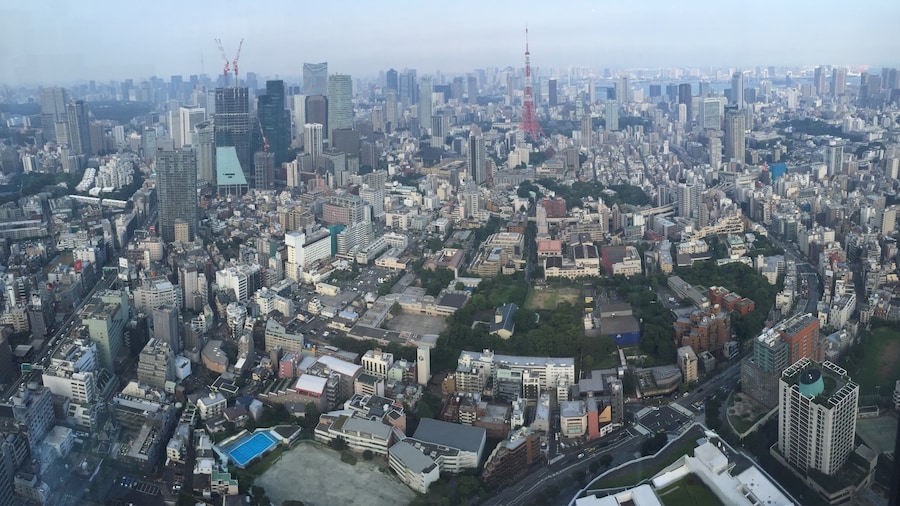
Museo de Arte Mori
Pasa un día recorriendo las galerías en Museo de Arte Mori cuando viajes a Tokio. Vive un momento diferente en los maravillosos templos y las tiendas de esta zona que irradia encanto urbano por todas partes.

Centro Nacional de Arte de Tokio
Pasa un día entre las exhibiciones del Centro Nacional de Arte de Tokio cuando viajes a Tokio. En esta zona que irradia encanto urbano por todas partes, podrás acercarte a su ambiente artístico y visitar los impresionantes monumentos.
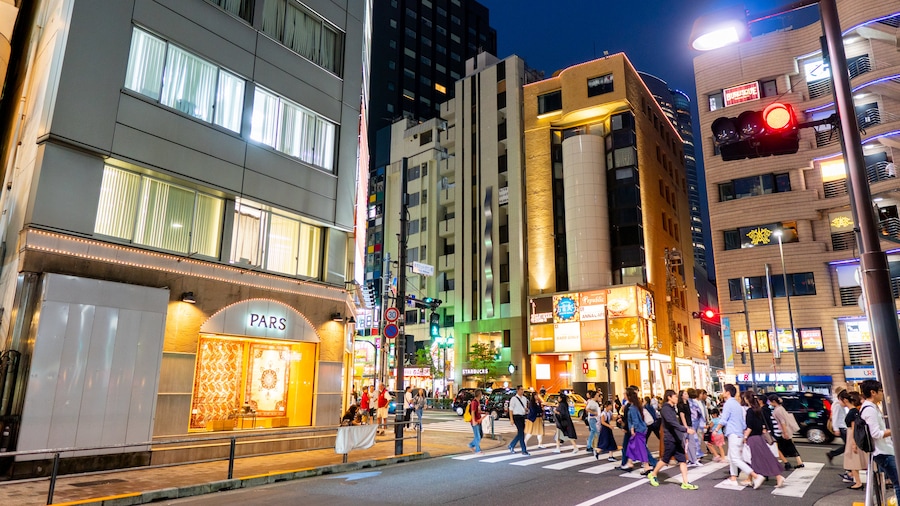
Tokyo Midtown (complejo comercial y residencial)
Cuando visites Tokio, podrás encontrar el souvenir perfecto en Tokyo Midtown (complejo comercial y residencial). En esta zona que irradia encanto urbano por todas partes, aprovecha para acercarte a su ambiente artístico y conocer sus museos súper interesantes.
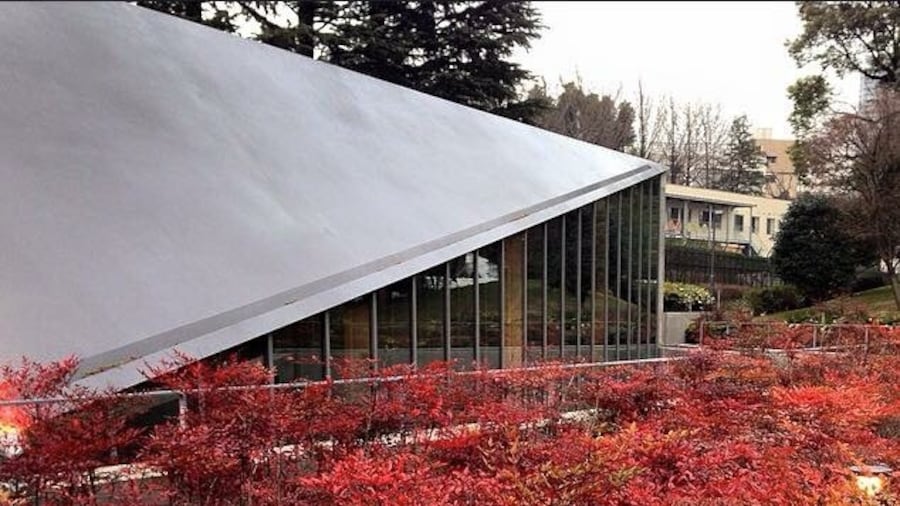
Museo 21 21 Design Sight
Pasa un día observando las exhibiciones en Museo 21 21 Design Sight cuando visites Tokio. En esta zona que irradia encanto urbano por todas partes, aprovecha para conocer sus museos súper interesantes y acercarte a su ambiente artístico.
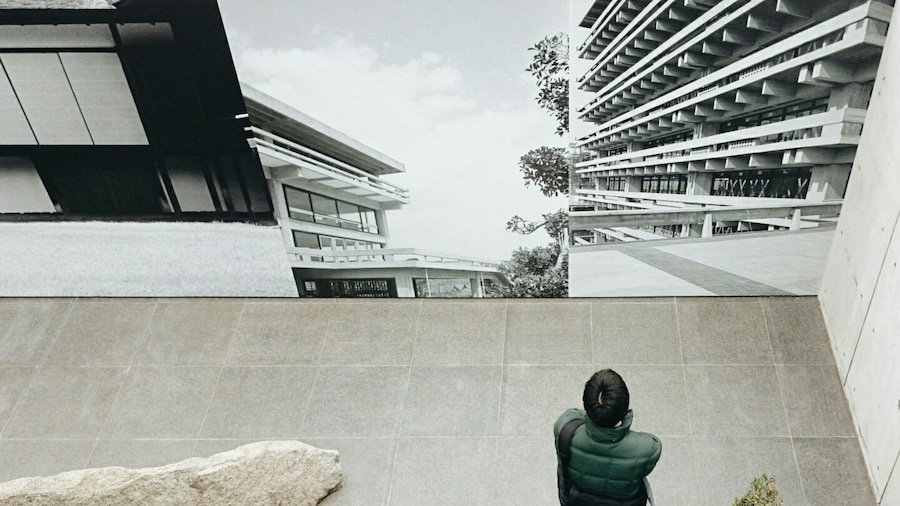
Galería de Arte Toto Gallery Ma
Pasa un día observando las exhibiciones en Galería de Arte Toto Gallery Ma en Tokio. En esta zona que irradia encanto urbano por todas partes, podrás conocer sus museos súper interesantes y visitar los impresionantes monumentos.
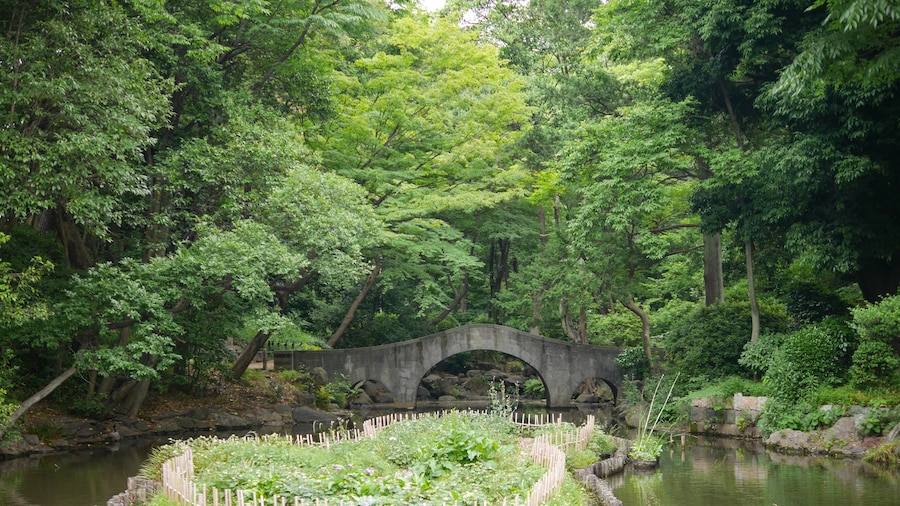
Parque Arisugawa-no-miya
Parque Arisugawa-no-miya es solo una de las atracciones que te ofrece Tokio, ¡anímate a conocer las demás! Vive un momento diferente en los impresionantes monumentos y los maravillosos templos de esta zona que irradia encanto urbano por todas partes.
Ofertas para los mejores hoteles
Consulta disponibilidad de hoteles cerca de Roppongi Hills

Grand Hyatt Tokyo

remm Roppongi

APA Hotel & Resort Roppongi Ekihigashi

Candeo Hotels Tokyo Roppongi

Mitsui Garden Hotel Roppongi Tokyo Premier

Hotel Villa Fontaine Grand Tokyo - Roppongi

The Prince Park Tower Tokyo - Preferred Hotels & Resorts, LVX Collection

Sotetsu Fresa Inn Tokyo Roppongi

THE LIVELY TOKYO AZABUJUBAN
Explora el mundo con Expedia
- Hoteles 5 estrellas en Ebisu
- Hoteles de Capsule and Sauna Century Group en Ebisu
- Hoteles con gimnasio en Ebisu
- Hoteles con restaurante en Ebisu
- Hoteles en la naturaleza en Ebisu
- Solare Hotels and Resorts en Ebisu
- Casas de campo en Estación de metro de Daimon
- Hoteles en Aoyama
- Hoteles 4 estrellas en Roppongi
- Apa Hotels en Roppongi
- Daiwa Roynet Hotels en Roppongi
- Hoteles de Fujita Kanko en Roppongi
- Hankyu Dai Ichi Hotel Group en Roppongi
- Hoteles de Hokke Club en Roppongi
- Hoteles de lujo en Roppongi
- Hoteles familiares en Roppongi
- Hoteles con restaurante en Roppongi
- Hoteles de Ishin en Roppongi
- Hoteles de Nikko en Roppongi
- Okura Hotels & Resorts en Roppongi
- Prince Hotels en Roppongi
- Solare Hotels and Resorts en Roppongi
- Hoteles de Sotetsu en Roppongi
- Hoteles de Villa Fontaine en Roppongi
- Hoteles en Roppongi
- Hoteles cerca de Parque Shiba
- Hoteles con spa en Shiba
- Hoteles para ir de compras en Shiba
- Hoteles 4 estrellas en Akasaka
- Apa Hotels en Akasaka
- Hoteles de Best Western en Akasaka
- Hoteles de Capsule and Sauna Century Group en Akasaka
- Daiwa Roynet Hotels en Akasaka
- Hoteles de Fujita Kanko en Akasaka
- Hilton Hotels en Akasaka
- Hoteles todo incluido en Akasaka
- Hotel Monterey Group en Akasaka
- Hoteles baratos en Akasaka
- Hoteles boutique en Akasaka
- Hoteles con desayuno incluido en Akasaka
- Hoteles con hidromasaje en Akasaka
- Okura Hotels & Resorts en Akasaka
- Prince Hotels en Akasaka
- Hoteles en Akasaka
- Hoteles en Tokio
- Hoteles cerca de Torre de Tokio
- Hoteles en Azabu-Juban
- Hoteles cerca de Mirador Tokyo City View and Sky Deck
- Hoteles 1 estrella en Minato
- Hoteles con alberca en Minato
- Hoteles en Minato
- Hoteles en Toranomon
- Hoteles cerca de Museo Conmemorativo Popular y Literario Shirane en Shibuya
- Santuario Togo
- Vacaciones en Ebisu
- Visita Ebisu
- Centro de Información Turística Honda Welcome Plaza Aoyama
- Parque Arisugawa-no-miya
- Templo Zojoji
- Tokyu Plaza Omotesando Harajuku
- Santuario Shiba Toshogu
- Visita Aoyama
- Vacaciones en Roppongi
- Visita Roppongi
- Parque Shiba
- Museo de Arte Contemporáneo Watarium
- Museo de Arte Mori
- Museo de Arte Nezu
- Estadio Nacional de Japón
- Visita Shiba
- Estadio de Rugby Chichibunomiya
- Santuario Ebisu
- Cadena de televisión TV Asahi
- Santuario Konno Hachiman-gu
- Colinas de Omotesando
- Visita Akasaka
- Vacaciones en Tokio
- Torre de Tokio
- Museo de Arte Yamatane
- Visita Azabu-Juban
- Edificio Nacional de la Dieta
- Rascacielos Shibuya Hikarie
- Cementerio Aoyama
- Mirador Tokyo City View and Sky Deck
- Visita Harajuku
- Visita Minato
- Santuario de Atago
- Museo Metropolitano de Fotografía de Tokio
- Galería de Arte Toto Gallery Ma
- Santuario Tenso
- Visita Nagatacho
- Centro Nacional de Arte de Tokio




